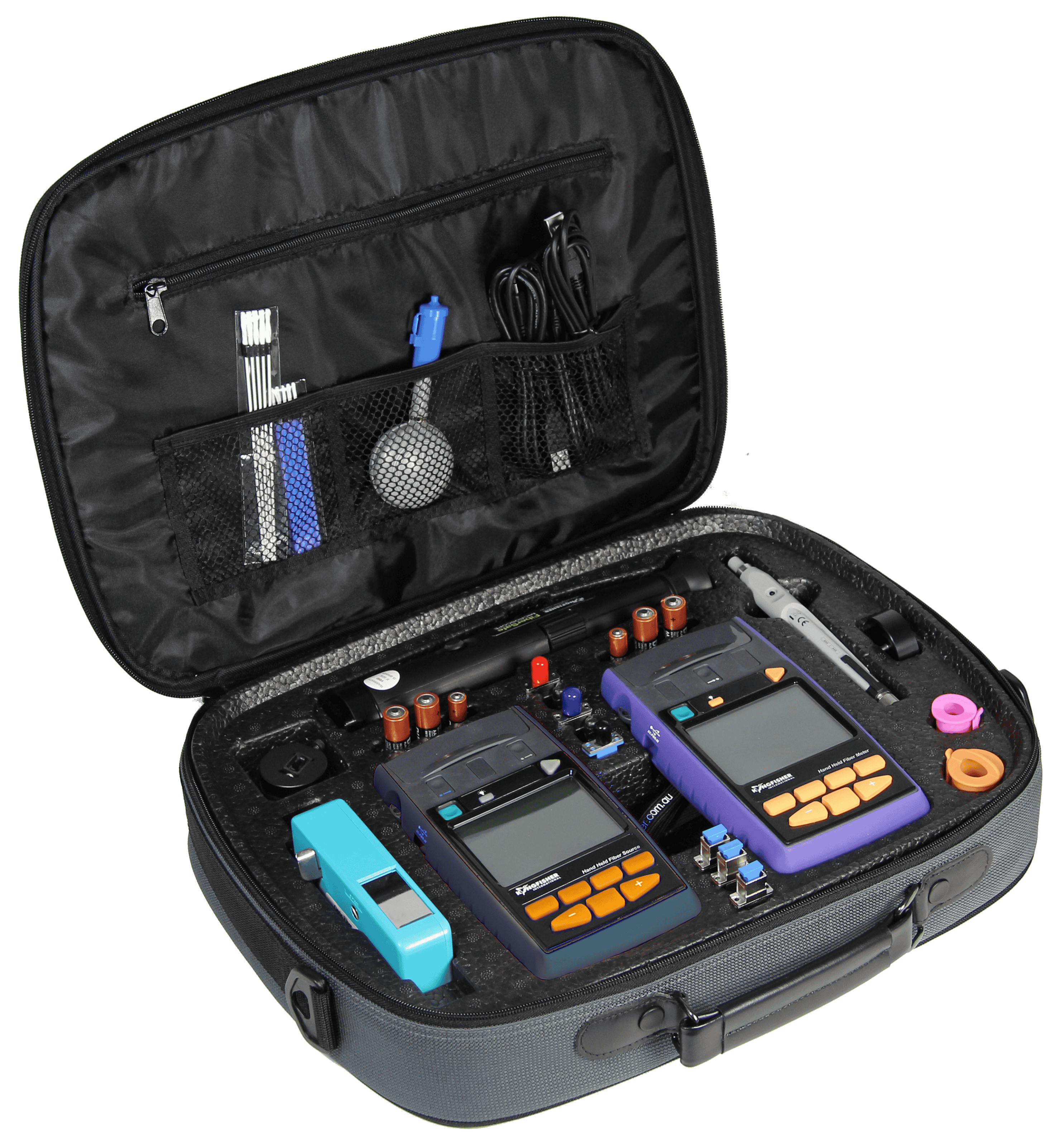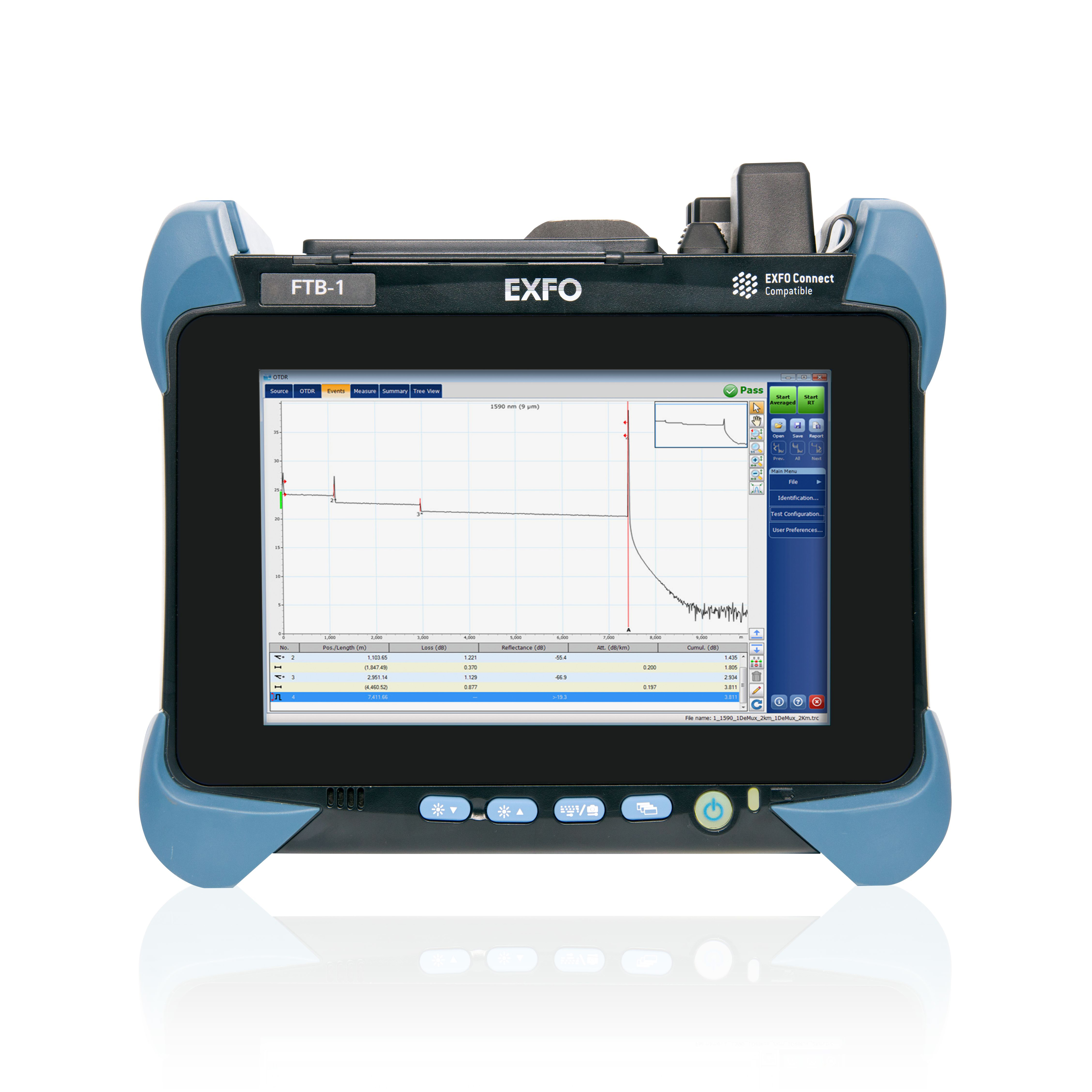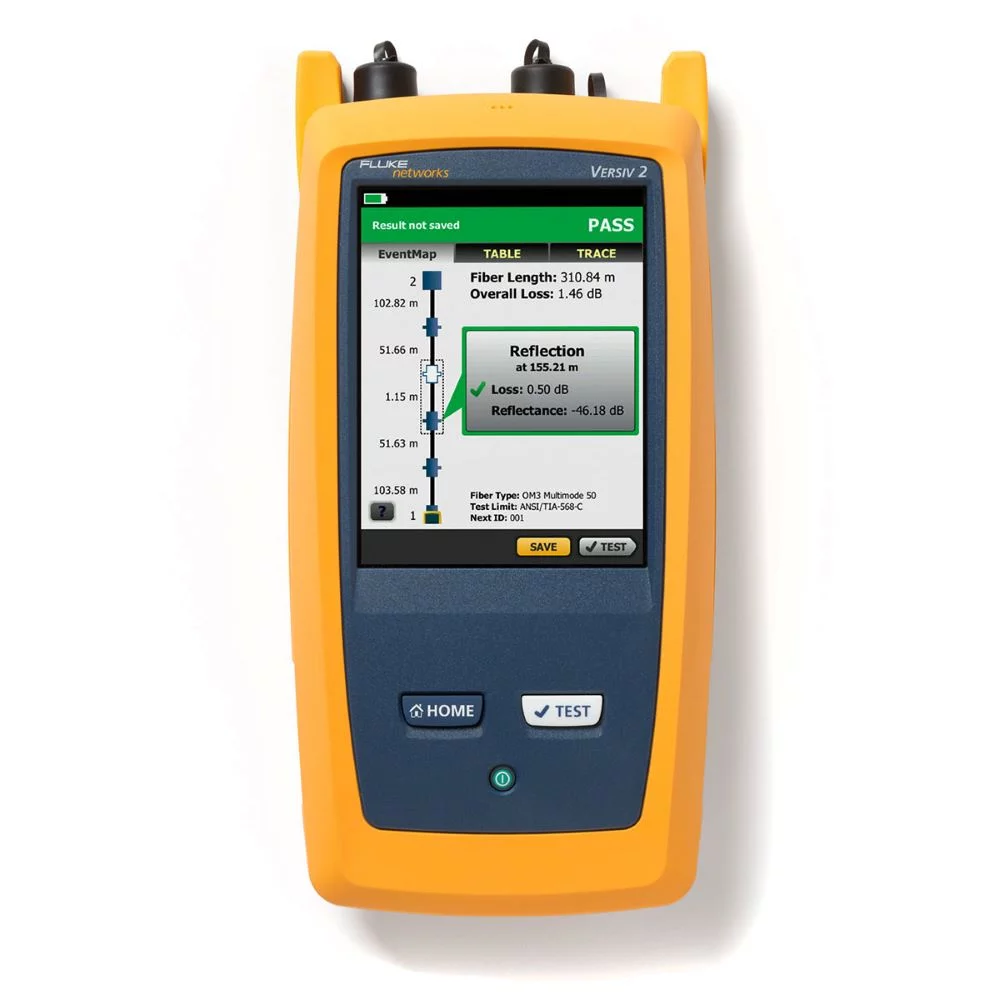Enhance your production yield with high-precision optical measurement system
Wiki Article
A Comprehensive Overview to Optical Measurement System for Fiber Analysis
When it involves fiber analysis, recognizing optical measurement systems is crucial for reviewing efficiency and ensuring high quality. You'll discover essential methods like interferometry and spectroscopy, which help you gauge crucial specifications. There's even more to it than simply these methods; understanding depletion measurement strategies can significantly influence your network's effectiveness. As you navigate with this guide, you'll reveal insights that might change your strategy to optical fiber.Understanding Optical Measurement Systems
When you discover optical dimension systems, you'll find they're essential for examining fibers with accuracy. These systems use light to assess different characteristics of fibers, consisting of diameter, refractive index, and uniformity. By utilizing techniques like interferometry and spectroscopy, you can gain useful insights right into the fiber's properties.You'll find that these systems are created to decrease errors and boost precision, making certain dependable information for your evaluation. Different setups, such as single-mode and multi-mode systems, cater to certain fiber kinds, enabling you to choose the best fit for your needs.Moreover, the integration of sophisticated software devices helps you interpret the data effectively, making it much easier to identify any inconsistencies or defects. As you examine deeper into these dimension systems, you'll appreciate exactly how they improve the logical procedure and improve the overall high quality of fiber manufacturing and testing.Trick Parameters for Fiber Evaluation
Trick parameters for fiber evaluation play an essential role in establishing the quality and efficiency of optical fibers. When you review a fiber, you'll wish to concentrate on attributes such as attenuation, data transfer, and modal diffusion. Depletion measures the loss of signal strength as light journeys via the fiber. A lower depletion worth indicates far better quality and longer transmission distances - fiber measurement.Bandwidth refers to the data-carrying ability of the fiber and is essential for high-speed interaction. You'll require to evaluate the data transfer to ensure it meets your application requirements. Modal dispersion, which occurs from the various rates at which light journeys with numerous settings in multimode fibers, affects signal qualityMethods for Attenuation Measurement

Bandwidth and Its Influence On Performance
Recognizing transmission capacity is necessary for optimizing fiber performance, as it straight influences the quantity of information that can be transmitted over a network. Higher bandwidth implies you can send out even more information simultaneously, enabling for faster interaction and much better general efficiency. When you're dealing with fiber optics, it's important to take into consideration exactly how bandwidth interacts with fiber attributes, such as core dimension and material properties.If the data transfer is restricted, you may experience data loss or slower speeds, affecting your applications. Additionally, different kinds of fibers can sustain differing transmission capacity degrees, so it is very important to select the ideal fiber for your details needs.You should likewise remember that environmental elements, like temperature level and external disturbance, can affect bandwidth. By understanding these elements, you can make informed choices to boost your fiber optic systems, making sure reliable and reliable information transmission.Refractive Index Measurement Techniques

Complete Inner Reflection
Overall inner representation (TIR) acts as a fundamental concept for determining the refractive index of fibers. When light journeys from a denser tool to a less thick one, it can just be fully mirrored if the angle of occurrence goes beyond a details limit, recognized as the important angle. This phenomenon allows you to figure out the refractive index by assessing the angles at which light reflects or refracts. By utilizing a setup that guides light into a fiber and gauges the resulting angles, you can determine the refractive index accurately. Understanding TIR not just boosts your fiber analysis yet likewise boosts the design and performance of optical systems. Leveraging TIR can lead to much more effective fiber-based applications.Interferometric Strategies
Building on the concepts of complete inner representation, interferometric techniques supply a powerful methods for gauging the refractive index of fibers with high accuracy. These techniques exploit the interference patterns produced when light beams split and recombine after taking a trip different paths. You can utilize arrangements like the Michelson or Mach-Zehnder interferometer to evaluate phase changes brought on by adjustments in refractive index. By meticulously adjusting your system and evaluating the resulting fringes, you can figure out the refractive index with exceptional accuracy. It's crucial to preserve stable environmental conditions to reduce errors. With these methods, you'll enhance your understanding of fiber buildings, resulting in much better efficiency in different applications, from telecoms to sensor innovation.Modal Dispersion and Its Relevance
Modal dispersion refers to the spreading of light pulses as they take a trip through a fiber, which can affect the general performance of the system. You'll see that this sensation can lead to signify distortion, influencing data transmission prices and top quality. Understanding its value is essential for maximizing fiber optic styles.Meaning of Modal Dispersion
In fiber optics interactions, optical fibre diameter analyzer modal dispersion plays a substantial function in determining signal top quality and transmission rate. It occurs when different light modes travel at varying speeds via the fiber. Because each setting has unique courses and attributes, they can get to the getting end at various times. This time distinction can cause signify spreading and distortion, which can deteriorate the general performance of the interaction system. You might run into modal diffusion mostly in multimode fibers, where the several courses of light aggravate the concern. Recognizing modal diffusion is essential for maximizing fiber styles and guaranteeing that your communication systems operate effectively, maintaining the stability of the transmitted signals over longer distances.Effects on Fiber Efficiency
Understanding modal diffusion helps highlight its results on fiber performance. This sensation occurs when different modes of light traveling at differing speeds within the fiber, causing signify dispersing with time. As you examine optical fibers, you'll see that enhanced modal dispersion can greatly deteriorate signal top quality, causing minimized data transfer and longer transmission ranges. In functional terms, this indicates your information can get here altered or delayed, impacting general interaction effectiveness. To reduce these effects, you could take into consideration using single-mode fibers, which decrease modal diffusion. By picking the right fiber type and comprehending just how modal dispersion influences efficiency, you can enhance transmission quality and guarantee trustworthy information transfer in your optical measurement systems.Tools and Technologies for Optical Measurements
When it involves optical dimensions, numerous cutting-edge tools and technologies go to your disposal to enhance fiber analysis. You'll locate fiber optic testers, which examine signal quality and performance, crucial for preserving excellent network efficiency. Optical time-domain reflectometers (OTDRs) are important for situating faults and gauging loss over ranges, giving in-depth insights into fiber integrity. Additionally, spectrometers can assess light spectra, assisting you determine material properties and composition.Don' t overlook the importance of imaging systems, like digital microscopic lens, that enable you to visually evaluate fiber surfaces for problems. Consider utilizing polarization analyzers to measure anxiety and pressure in fibers, which is necessary for understanding their actions under different conditions. By leveraging these devices and innovations, you can significantly boost your fiber evaluation processes, guaranteeing dependability and high efficiency in your optical networks.Often Asked Concerns
What Are the Expenses Connected With Optical Measurement Systems?
The prices connected with optical measurement systems can differ substantially. You'll need to examine devices prices, upkeep charges, software licenses, and prospective training costs. Budgeting meticulously will aid you stay clear of unexpected economic challenges down the line.
How Usually Should Fiber Evaluation Be Executed?
You must execute fiber analysis consistently, typically every 6 months or after substantial adjustments in the environment (fibre testing equipment). This ensures ideal performance and aids determine prospective concerns before they influence your system's performance and integrityCan Optical Measurement Systems Be Calibrated at Home?
Yes, you can calibrate optical dimension systems at home, yet it calls for precision. Make sure you adhere to the supplier's guidelines, make use of proper calibration standards, and confirm your results to assure accuracy in your measurements.
What Industries Frequently Make Use Of Optical Measurement Systems?
You'll locate optical measurement systems widely used in industries like telecommunications, production, medical care, and study. They're necessary for quality assurance, fiber analysis, and making certain precise dimensions in various applications, boosting performance and precision throughout industries.Exist Any Kind Of Security Worry About Optical Measurement Solutions?
Yes, there are security worry about optical dimension systems. You should always wear safety glasses to shield your eyes from extreme source of lights and warranty appropriate training to manage devices securely and avoid accidents.Report this wiki page